Uptick Insight Series | 10 Ways dScience is Powering the Next Wave of
Open Research
Published on Sep 10, 2025
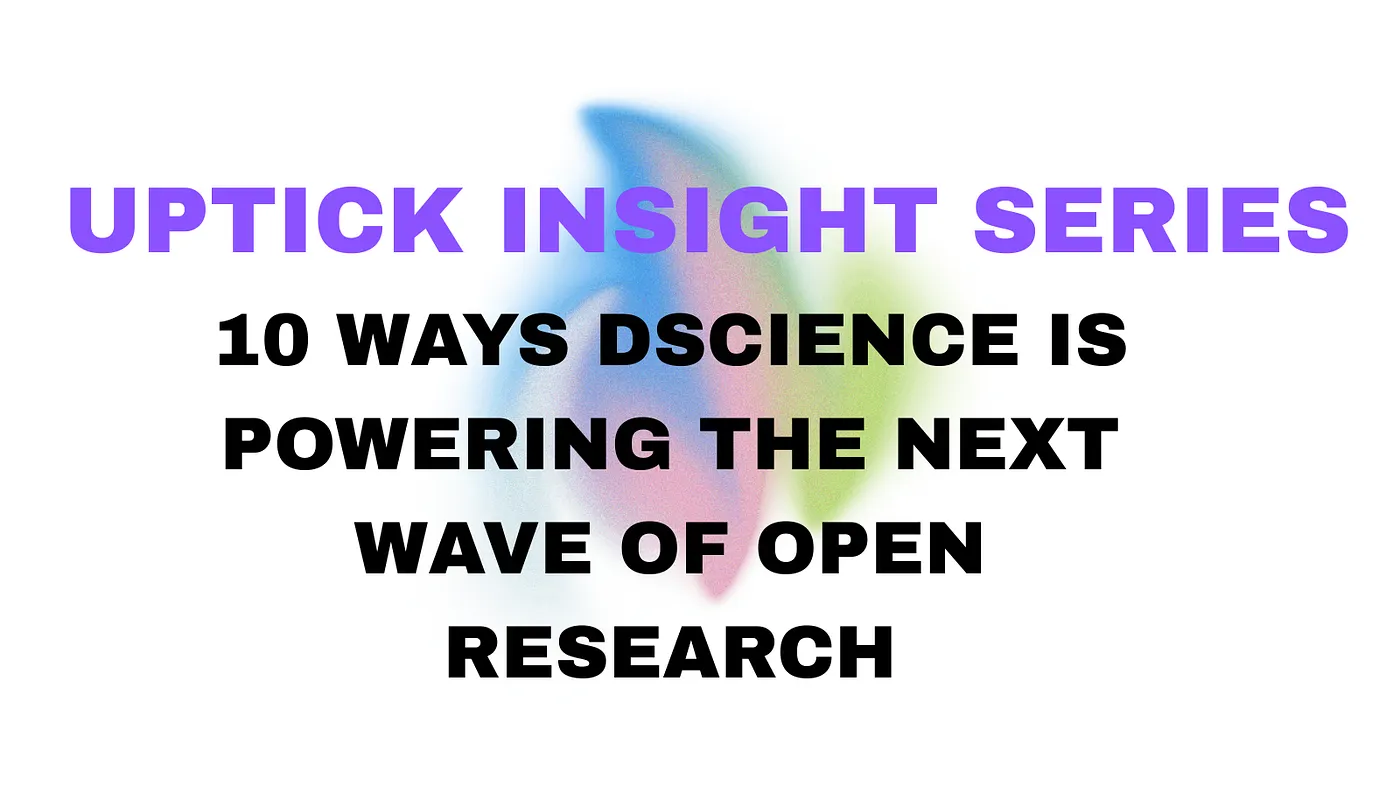
Ever since the earliest days of scientific inquiry, whether it was
Newton sharing his theories with the Royal Society, or the Human
Genome Project coordinating efforts across continents, science has
always moved forward on new ideas and collective problem-solving.
The problem we have today is that the systems that were built to
support research haven’t really kept up, and most data ends up trapped
in private systems, with publishing taking months to complete, and
meaningful access typically reserved for a narrow circle, shutting out
those positioned to make real contributions.
Web3 is now making its way into research and data workflows through
decentralized science, or dScience as it’s now more commonly known,
with attention turning from simple dissemination of findings to
genuine openness, inclusive participation, and empowering more people
to drive discovery.
For any of this to work though, we need infrastructure that’s
purpose-built for research, with essential components like identity,
attribution, data, and governance sitting at the foundation and acting
as core elements from the start. This is exactly the approach Uptick
takes, addressing these needs directly within its infrastructure and
supporting decentralized research as open science originally intended.
In this article, we explore ten ways dScience is advancing open
research, the importance of solid infrastructure for each workflow,
and highlight Uptick’s role in making these transitions achievable at
scale.
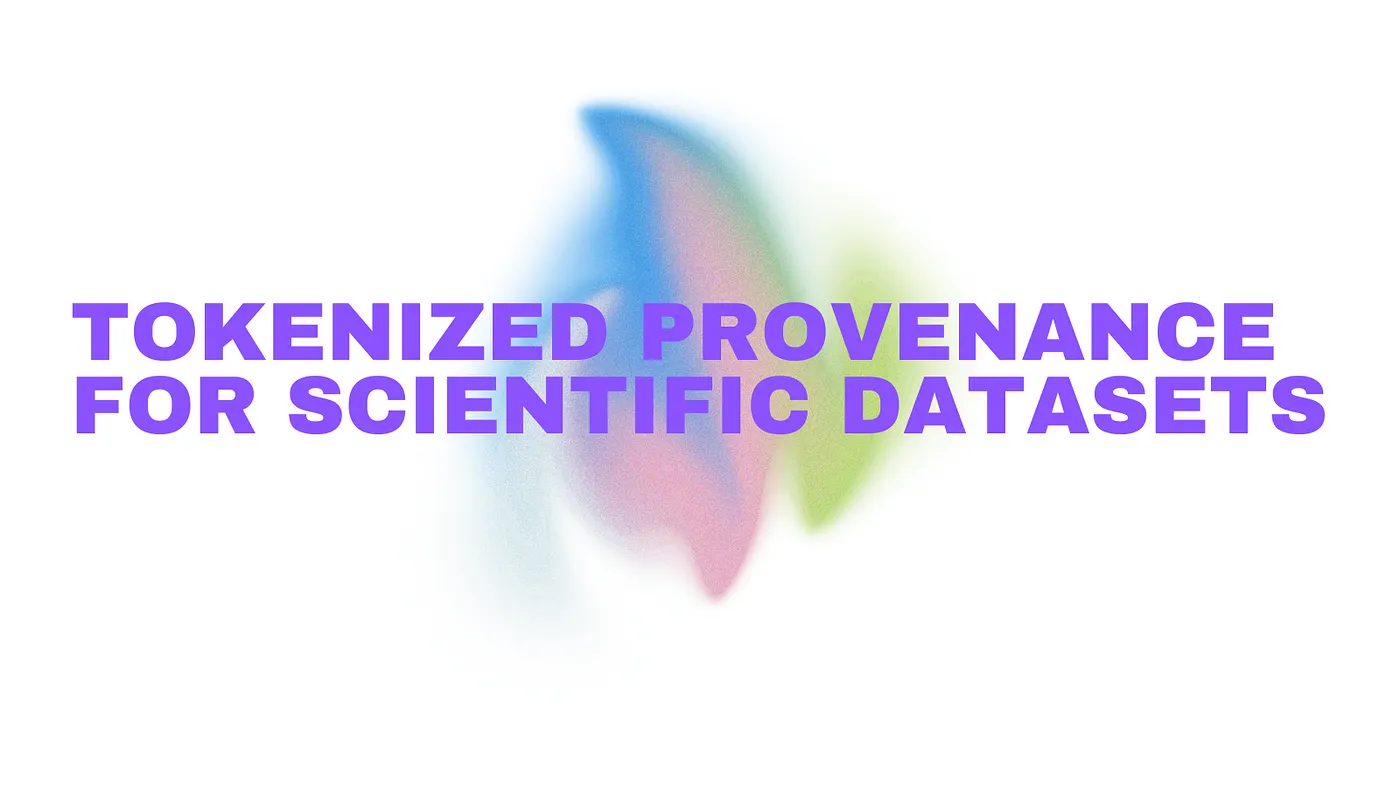
For years, scientific data has been spread across private servers,
forgotten laptops, and institutional archives.
There has never been much consistency in labeling or documentation,
and as a result, it can be difficult to verify who created or updated
a dataset, which version is original, or how different pieces of
research connect. This results in valuable data going undiscovered, or
cited incorrectly, and it basically disappears as people move on. Even
when data is shared, tracking its history and edits is rather
challenging, which leaves irreproducibility as a big risk.
dScience takes a new approach by turning datasets into digital assets
on-chain, with each piece of data becoming part of a connected record,
with authorship, updates, and changes time-stamped and linked.
Researchers can mint raw data, cleaned sets, and analysis-ready
versions as NFTs, creating an incredibly clear record of provenance.
When data is corrected, forked, or merged, those changes are captured
on-chain as visible events, so anyone can review who contributed,
when, and how a dataset evolved, which keeps data accessible for
citation and further use.
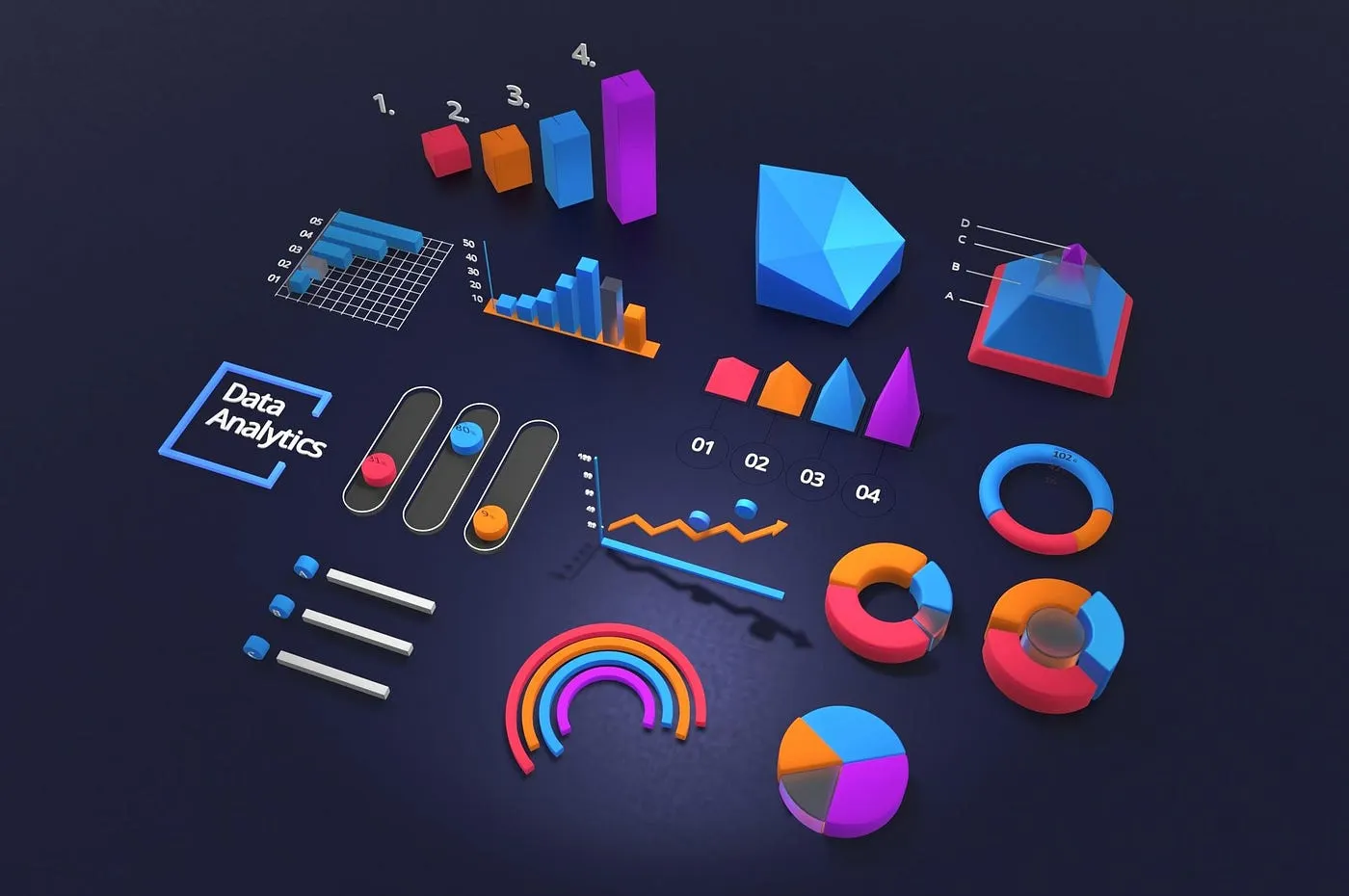
Uptick is designed to support this workflow with programmable NFT
metadata that records contributors and data relationships. Projects
could model version history by linking updates and related records, so
when researchers mint or update data, on-chain metadata captures
contributor IDs and timestamps, tied to DIDs.
Uptick’s Web3 API then makes it possible to trace the lifecycle of an
asset, connect new analyses to earlier datasets, and keep data
relationships completely transparent. Provenance is built in from the
start, large files stay off-chain, but a content hash or CID is
connected on-chain so any tampering can be detected.
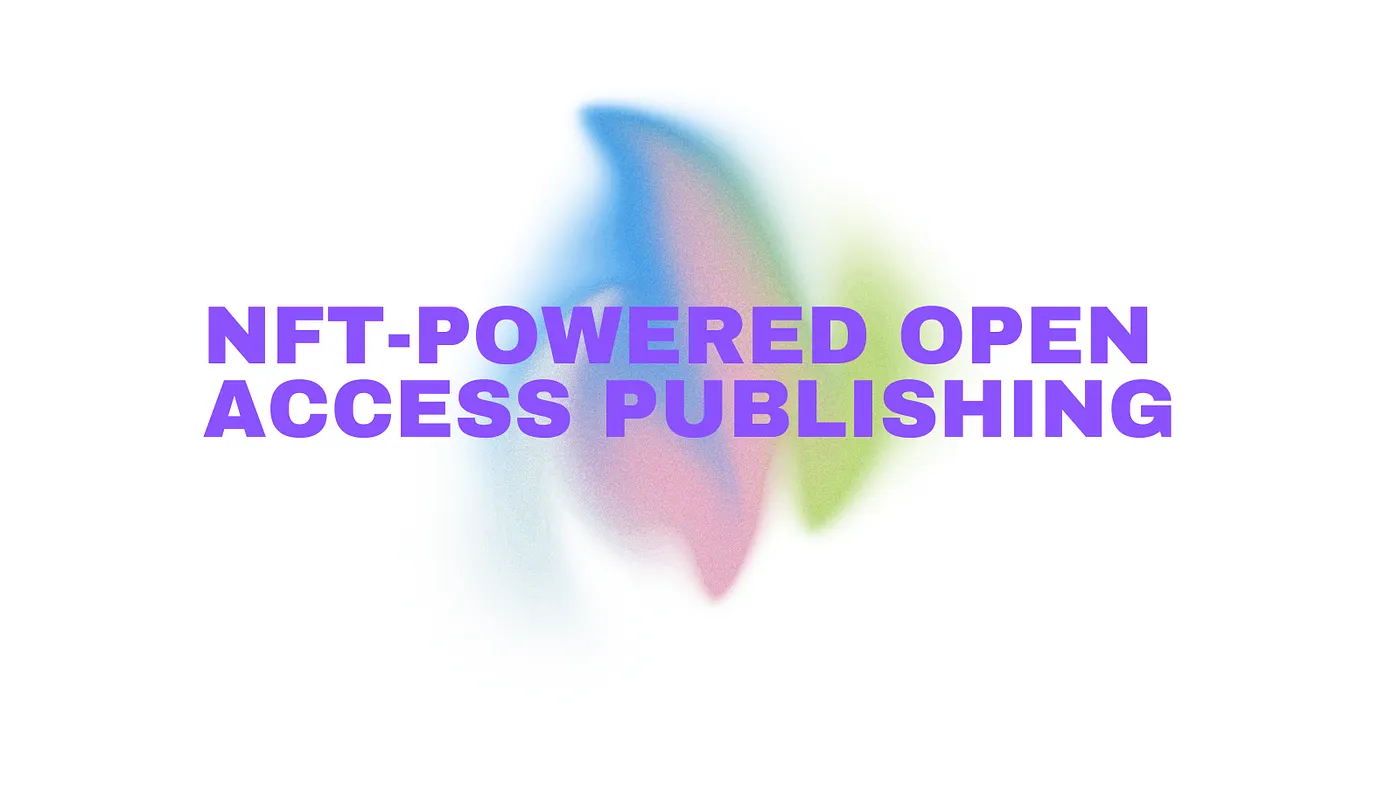
Traditional scientific publishing relies heavily on paywalls,
embargoes, and slow manual review, which essentially keeps knowledge
out of reach for most researchers.
Even when work is ready to share, months can pass before publication,
and once articles appear, they’re usually locked behind subscriptions
or massively high fees. This means that important details, like raw
data, and corrections may be spread around in supplemental files or
omitted entirely, leaving knowledge disconnected and quite costly to
access.
dScience opens this process by letting any researcher mint a preprint,
dataset, or workflow as an NFT, making it instantly available and easy
to cite. Metadata for authorship, contributor roles, and links to
supporting materials brings everything together in a single record, so
updates, revisions, and peer review can be logged on-chain, and
readers can follow the full evolution of a publication.
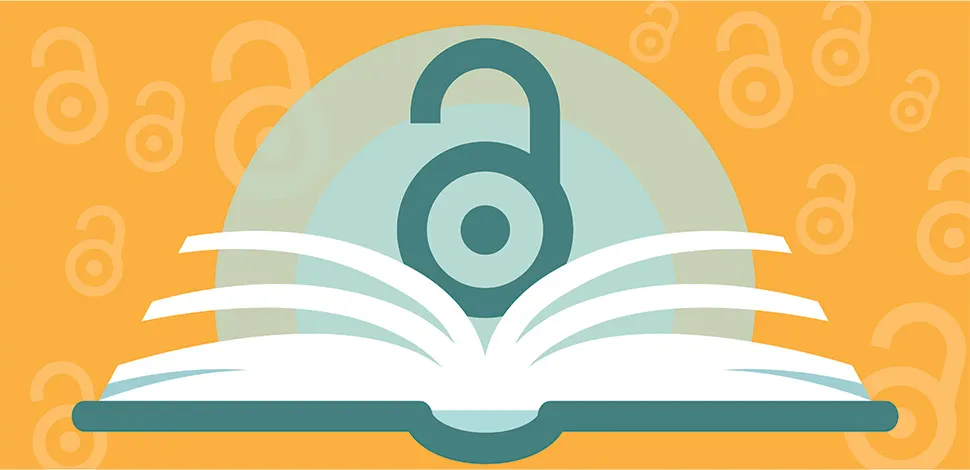
Uptick’s infrastructure is built to support this model with
publication NFTs that carry unique identifiers, detailed metadata, and
links to supplementary files or code.
Updates can appear as new versions or linked records, and
domain-appropriate schemas can be used to tailor the process for
different fields. In theory, licensing terms can be set at the NFT
level, contributors can receive on-chain recognition, and
supplementary data or reviews can be connected directly to the
publication.
Essentially, Uptick provides the tools to make publishing much more
open and transparent, but integration and indexing with outside
services do depend on those platforms and their support for open
metadata.
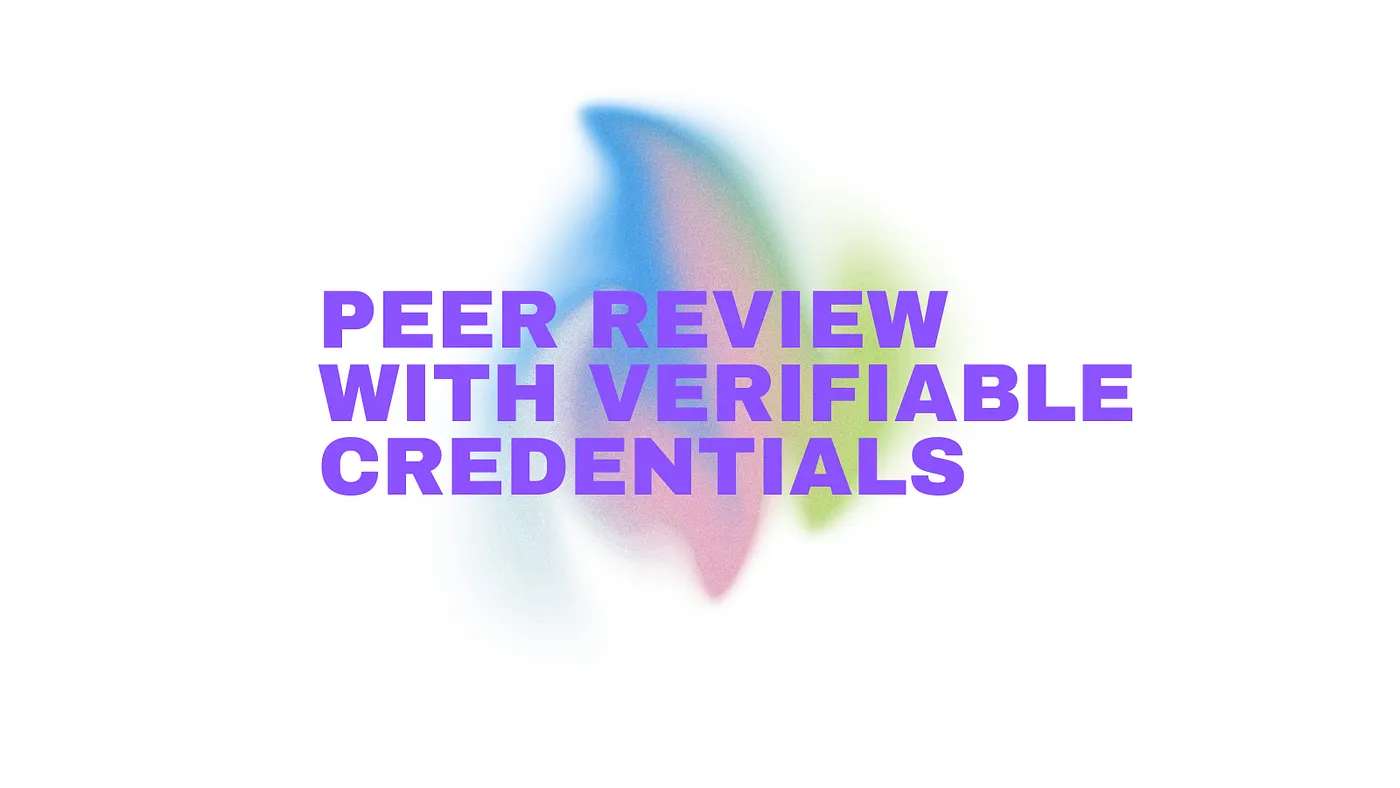
Peer review is meant to guarantee scientific quality, but the system
often falls short, and it ultimately depends on anonymous effort,
inconsistent standards, and limited transparency.
Reviewers very rarely receive recognition, authors can’t point to
clear evidence of rigorous review, and journals usually keep the
process hidden. As a result, meaningful contributions can go
unnoticed, disputes lack clear records, and early-career researchers
basically miss opportunities for recognition.
With dScience, peer review becomes open and reputation-building, with
each review able to be minted as a credential and attached to both the
reviewer’s identity and the work itself. Reviewers gain credit for
their input, with details on expertise, depth, and endorsements
visible, and authors, readers, and funders can audit the entire
process, following comments, recommendations, and credentials in one
place. Researchers can build their profile on both publications and
peer review contributions, with reputational capital that moves across
projects and disciplines.
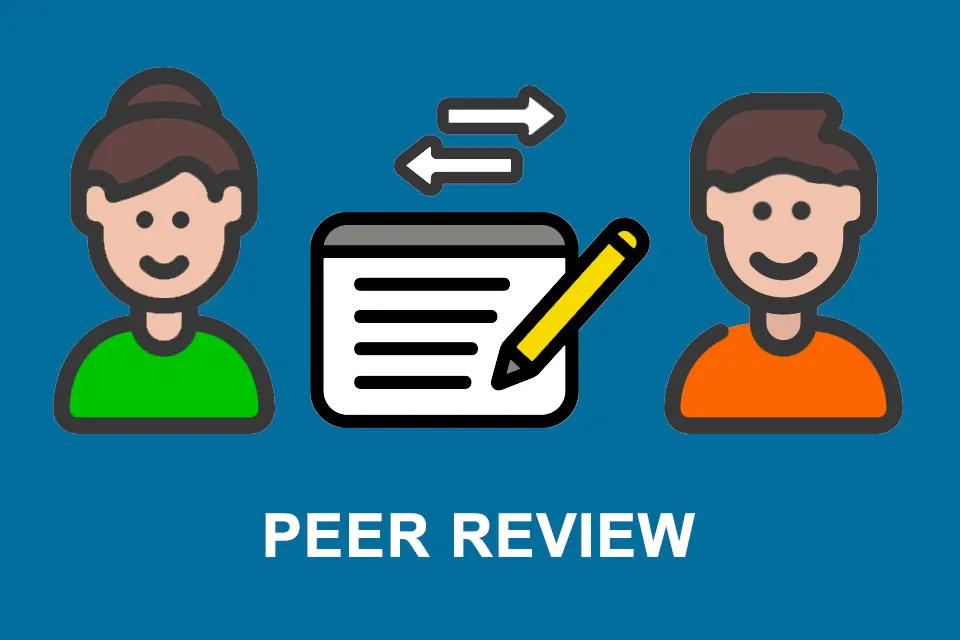
Uptick supports this approach with decentralized identity, allowing
reviewer identities to be connected on-chain. Review attestations
could be linked to DIDs or issued as verifiable credentials, and
indexed by applications for communities to review.
Funding bodies and organizations could verify reviewer activity
through the Web3 API, and DID-linked records keep peer review as a
visible, persistent part of each researcher’s profile.
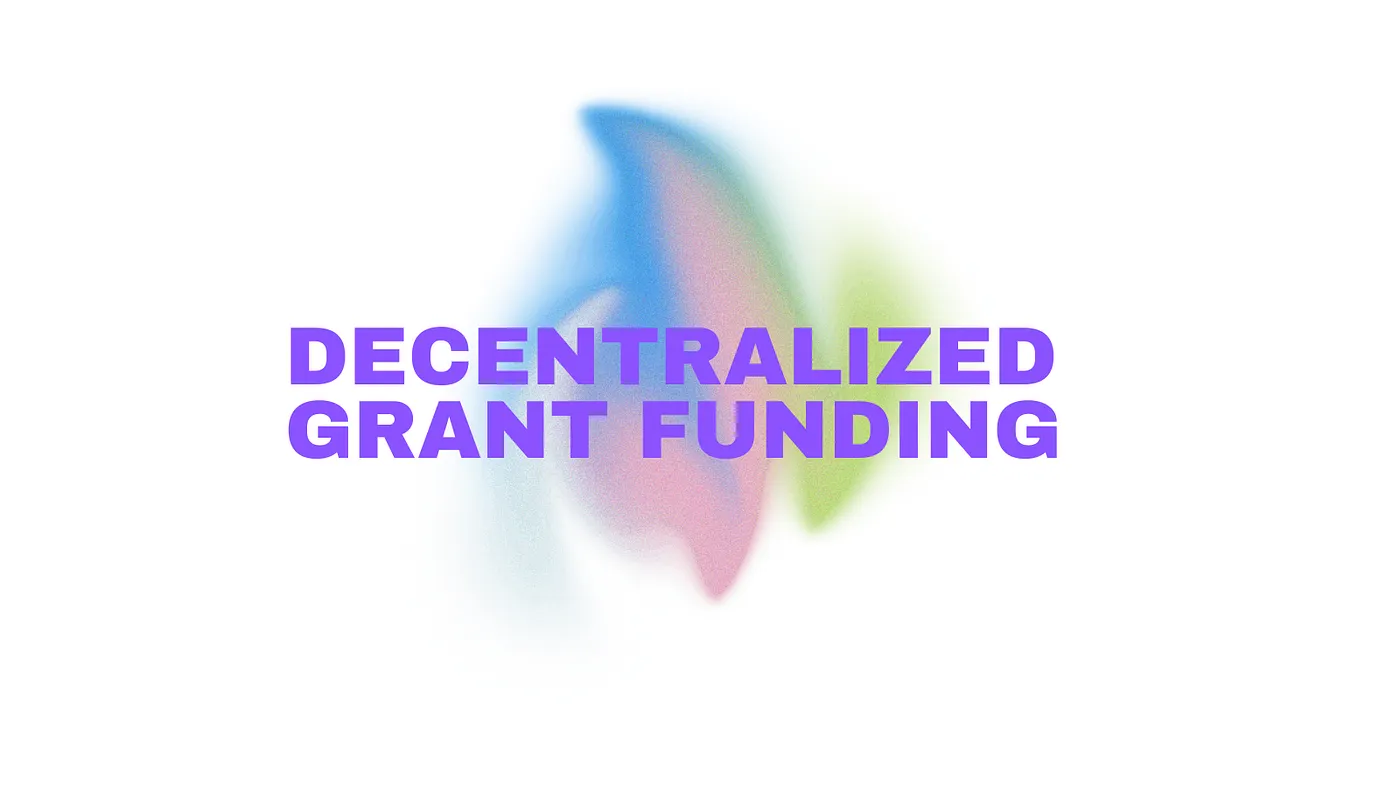
Securing research funding is quite often a very long process with lots
of paperwork, unclear criteria, and slow administration.
Centralized committees decide which proposals move forward, but the
reasoning behind these decisions is very rarely transparent.
Early-stage or unconventional ideas struggle for attention, and a lot
of researchers spend more time on forms than on their actual work,
with collaboration and innovation being held back by the oh so common
theme of bureaucracy.
With dScience, research funding moves to a collective and transparent
model, so that any group, whether that’s researchers, funders, or
community members, can form a DAO focused on a scientific goal.
Proposals get submitted, discussed, and voted on openly, with
decision-making and resource allocation visible to everyone. Grant
protocols, research priorities, and expense approvals are set
on-chain, so anyone can join, suggest new directions, and see exactly
how the budget is used, and teams from different institutions can pool
funds, track progress, and adapt project roles as the work evolves.
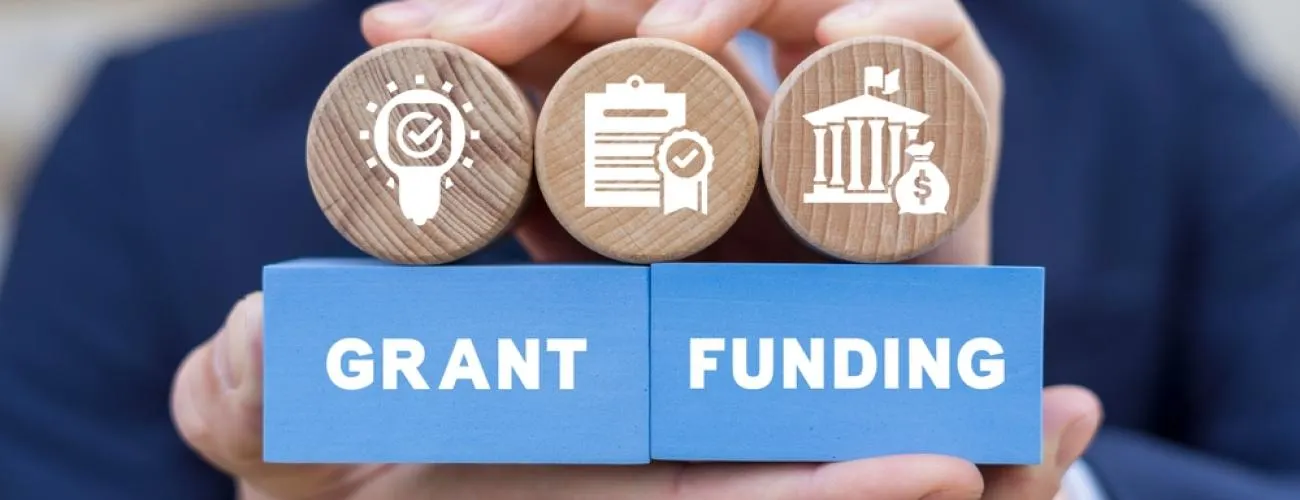
Uptick is designed to support governance tools that enable this
approach, which means that communities can create DAOs, define rules,
and record proposals, votes, and funding allocations on-chain.
Treasury activity could be tracked with analytics, and once a proposal
passes, funds move directly, and most importantly, transparently, to
recipient addresses linked to decentralized identities, following the
DAO’s logic and any compliance needs the community defines. DAOs can
also use NFTs and credentials to issue project badges, track
deliverables, and log achievements, with changes in team roles or
permissions recorded on-chain for absolute transparency.
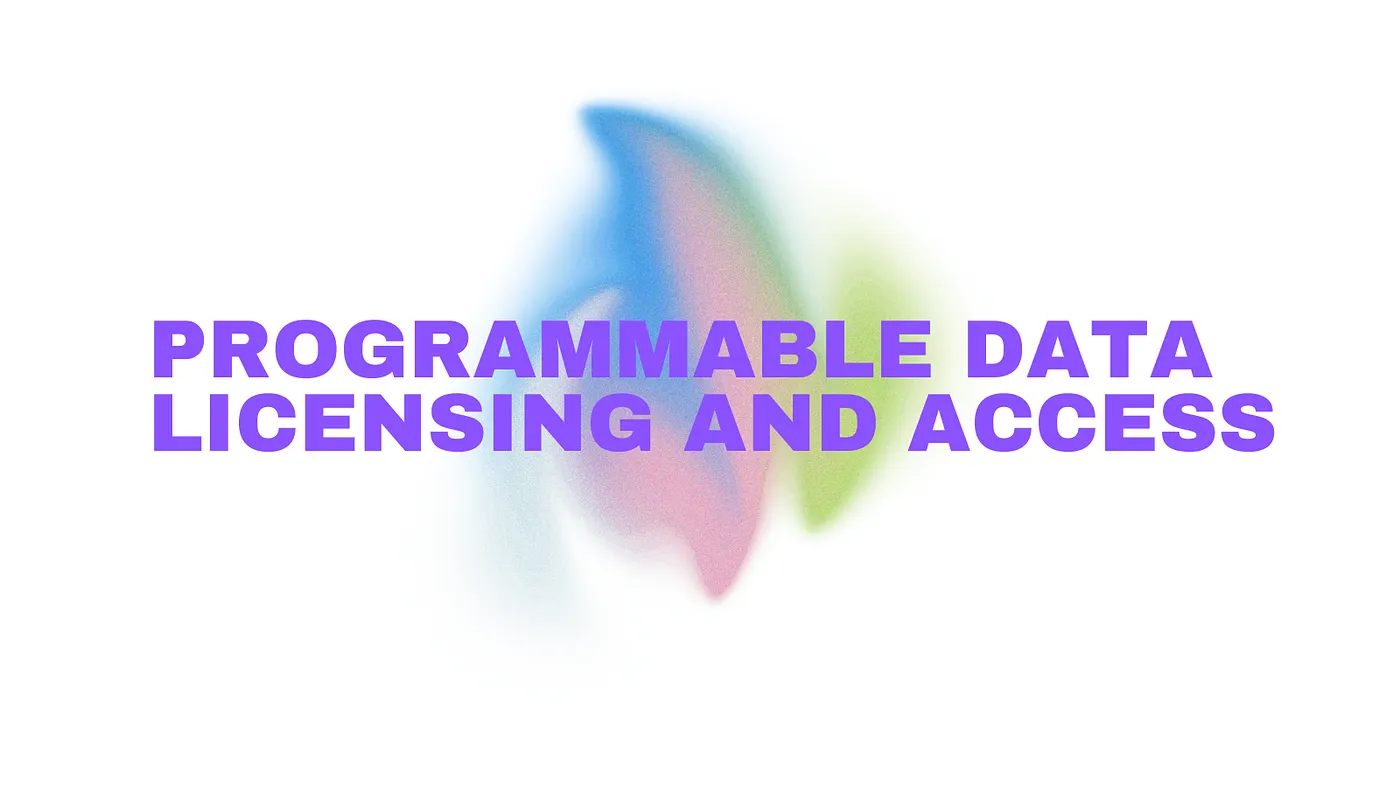
Sharing research data between teams is a lot of the time complicated
by legal paperwork, review boards, and very unclear policies.
Datasets get passed around via email attachments or hidden in
archives, with usage terms either missing or difficult to interpret.
This results in data getting reused without proper attribution, and
other valuable resources staying locked behind restrictions or
bureaucracy. This delays cross lab work, blocks reuse in tools and
meta analyses, and basically it wastes everyone’s time.
dScience makes licensing and access programmable from the start, so
that researchers can set rules in code that define who can see their
data, how it can be used, and for how long. Sensitive datasets can be
limited to certain people or groups, and open data stays available for
anyone to analyze or reuse.
Licensing terms are visible and standardized, which helps reduce a lot
of the confusion and makes it much easier for others to access
important resources, all the while data owners remain fully in
control.
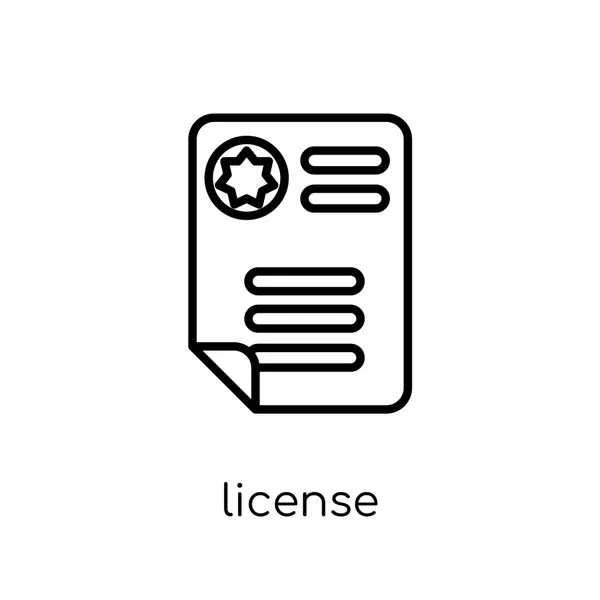
Uptick is structured in such a way so that license and access terms
can be written into NFT metadata using machine readable fields.
Permissions can reference decentralized identities, and transactions
are recorded on-chain, which means datasets could be embargoed, opened
for collaboration, or published for public use, with terms that
applications can read and check.
External platforms can connect through the Web3 API to respect these
terms, and access controls manage permissions at a technical level,
but copying data off-chain is still possible, so legal licenses are
still needed to define rights and obligations.
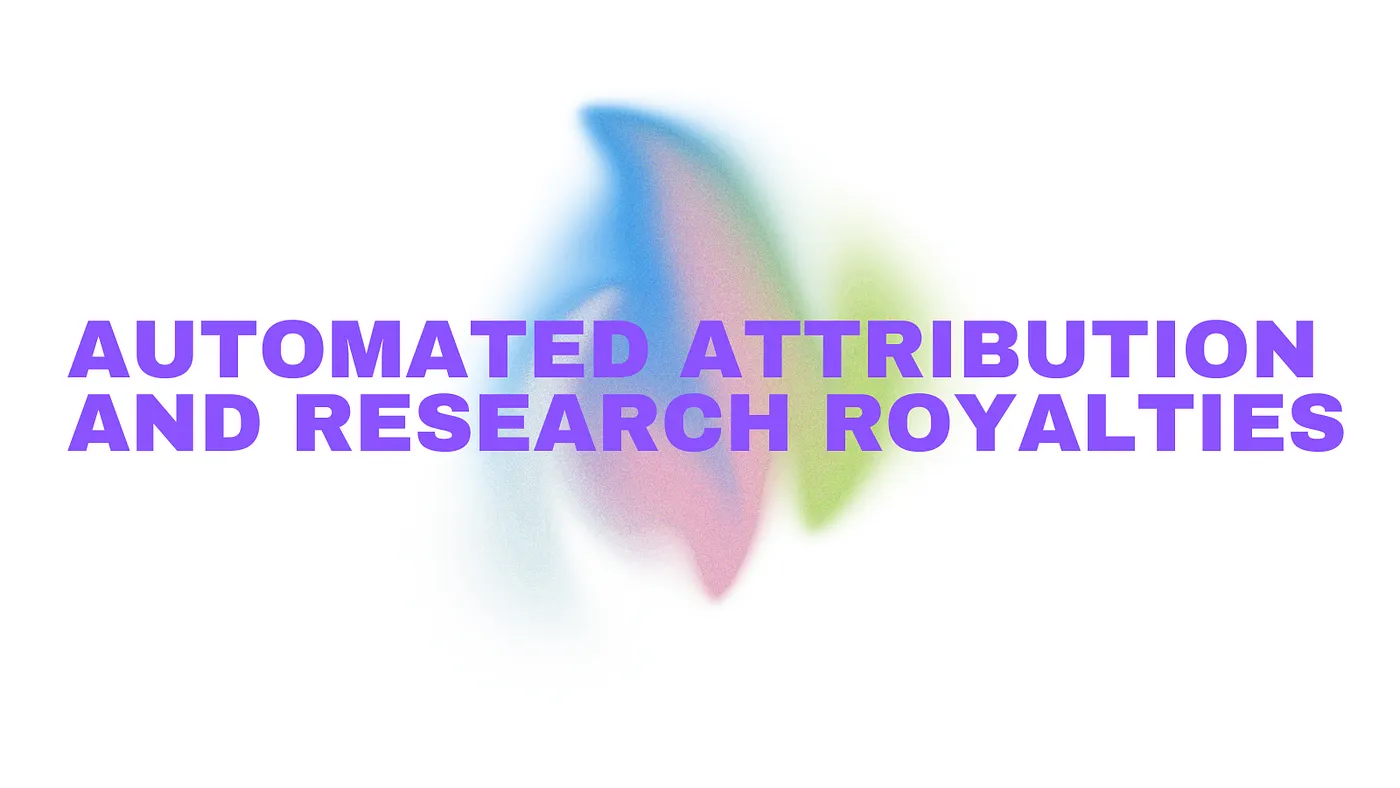
Scientific discoveries are usually built on the efforts of lots of
different people, far beyond the main author list.
Data curators, engineers, lab staff, and volunteers often contribute
as much as principal investigators, but they rarely receive matching
recognition or compensation. Even when credited, there is little room
for detailed attribution or fair rewards, and as data and tools are
reused over time, original contributors can lose visibility and have
no ongoing record of their impact.
dScience addresses this by making attribution and compensation part of
the infrastructure, so that contributors and their roles are recorded
directly in the metadata, and the full chain of input is visible when
an asset is reused or adapted. Programmable royalty rules let value
flow automatically to everyone involved, which encourages sharing and
collaboration, as each participant has a lasting stake in their work
and benefits from future reuse across the network.
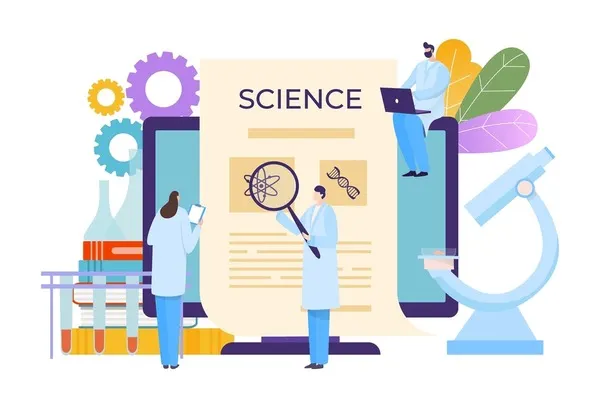
Uptick is designed to support this model with NFT metadata that
records contributor identities, royalty intent, and links to versions
and related records. Any research asset, from datasets to software,
could record contributor identities in the NFT metadata, and terms for
recognition or revenue sharing can be expressed for tools that
implement them, with integrators able to read these fields using the
Web3 API. As split support is added, smart contract hooks can handle
payouts automatically, and attribution can be updated in later
versions or linked records as teams change.
Uptick aims to support transmitting copyright and attribution metadata
when NFTs move between networks using IBC and the Uptick Cross Chain
Bridge, which makes it possible for marketplaces and partner platforms
on supported chains to reference on-chain records for licensing,
attribution, or payout logic, as long as they recognize and implement
compatible metadata standards.
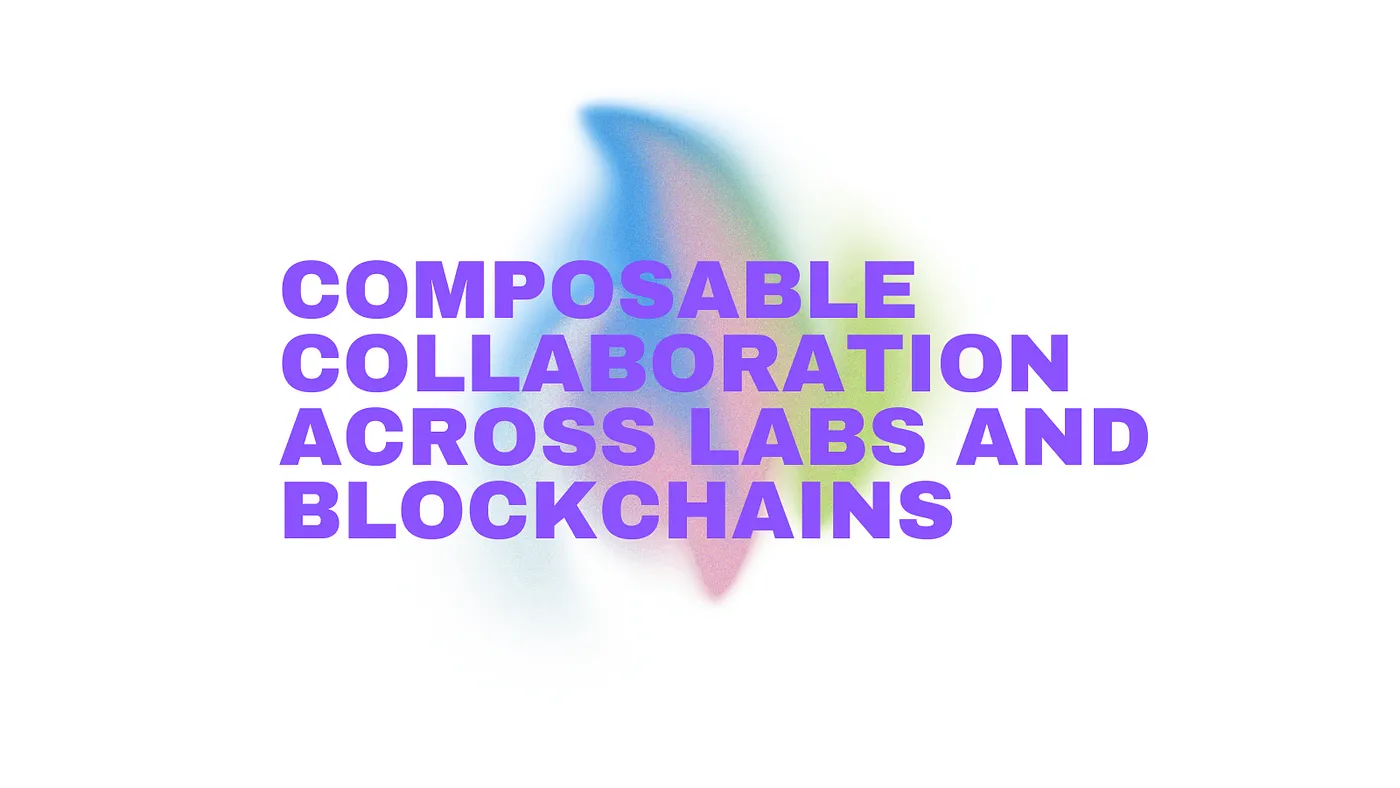
A lot of the time, scientific breakthroughs depend entirely on
collaboration between universities, research centers, companies, and
government labs.
Despite this, partnerships are complicated by incompatible systems,
mismatched data standards, and the big, ongoing challenge of managing
permissions and credit across teams. Trust is difficult to maintain,
as groups worry about data misuse and struggle to keep track of
ownership and contributions. As a result, coordination slows to a
snail’s pace when progress depends on back and forth e-mail and manual
processes.
dScience makes collaborative workflows programmable and transparent
from the very start, which means that research groups can jointly
manage data, assign co-authorship, and track every contribution
without relying on a single gatekeeper.
Assets can be co-owned, with rules that define access, editing rights,
and distribution of results. Teams set their own permissions, so some
collaborators may only view data, and others handle updates or
licensing, so that trust happens inside of shared, verifiable rules,
and coordination happens through infrastructure instead of
backchannels. Essentially, cross-chain support lets researchers
connect their work across Web3 networks, linking to new communities
and tools beyond any single ecosystem.

Uptick provides a programmable NFT and smart contract stack designed
for shared ownership and rights management. Datasets and publications
can include multiple labs, DAOs, or researchers, with IBC integration
enabling assets to move between Cosmos chains and the Uptick
Cross-chain Bridge connecting to EVM-based ecosystems. However,
metadata fidelity depends on standards and integration.
Smart contracts can implement multi-signature controls and role-based
permissions, with all actions recorded on-chain for transparency.
These features support collaborative workflows that span previously
closed-off repositories, offering a much more reliable foundation for
cross-organization research projects.
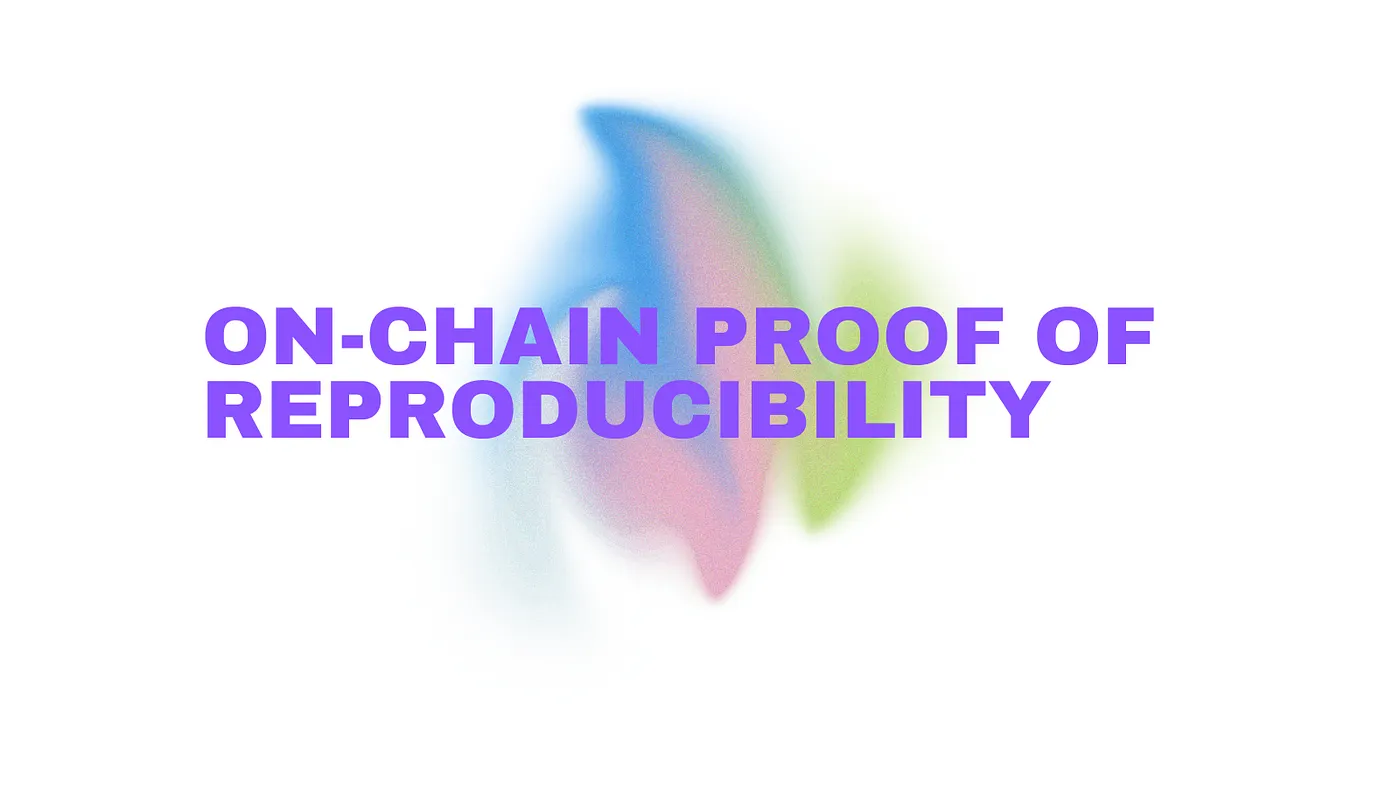
Verifying published scientific results is still a huge challenge
because most studies lack enough detail for others to reproduce the
findings, and there’s little agreement on how to share methods, data,
or code.
Even when replication does occur, it rarely receives recognition or is
made visible, which leaves a lot of doubt and readers and funders
become unsure which results are reliable, which ultimately weakens
trust in the scientific record.
dScience brings reproducibility and auditability into the core of the
research process so that researchers, auditors, or automated systems
can attach verification badges or certificates directly to datasets
and publications, with each credential confirming that a result has
been independently reproduced or reviewed.
Readers can immediately see the level of scrutiny a result has
received, and researchers gain credit when their work is validated by
others. So, instead of dispersing audit evidence in footnotes, the
system keeps it attached to the research asset, making verification
visible and permanent.
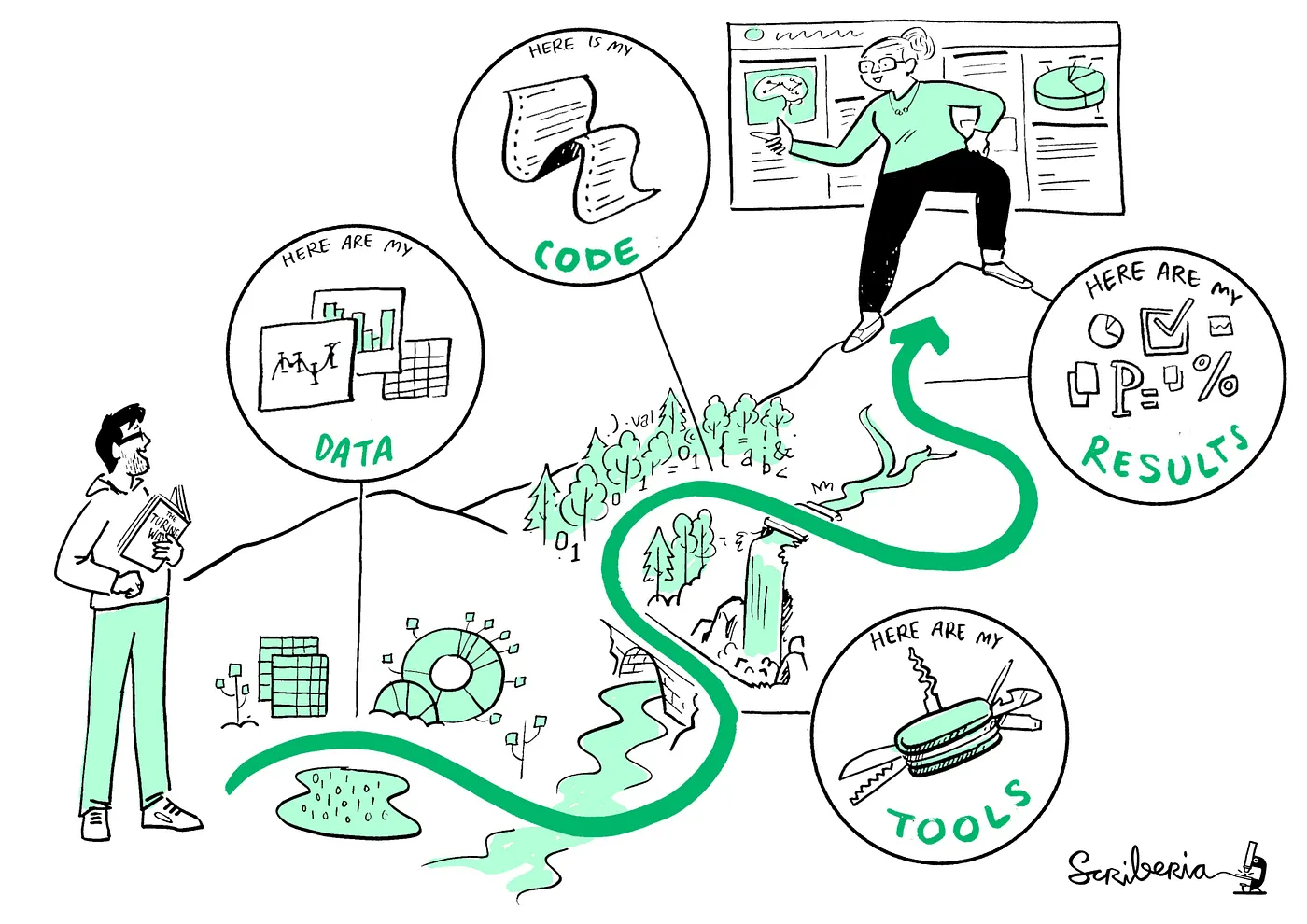
Uptick enables this with support for attestations that are
time-stamped and linked to the issuer’s decentralized identity and the
research NFT. Structured metadata can record criteria, methods, and
limitations for each verification, and applications can index and
filter these attestations using the Web3 API, making reproducibility
status visible.
Trusted partners and external verifiers could add assessments to
Uptick-based assets, and communities could then decide which issuers
and standards to recognize.
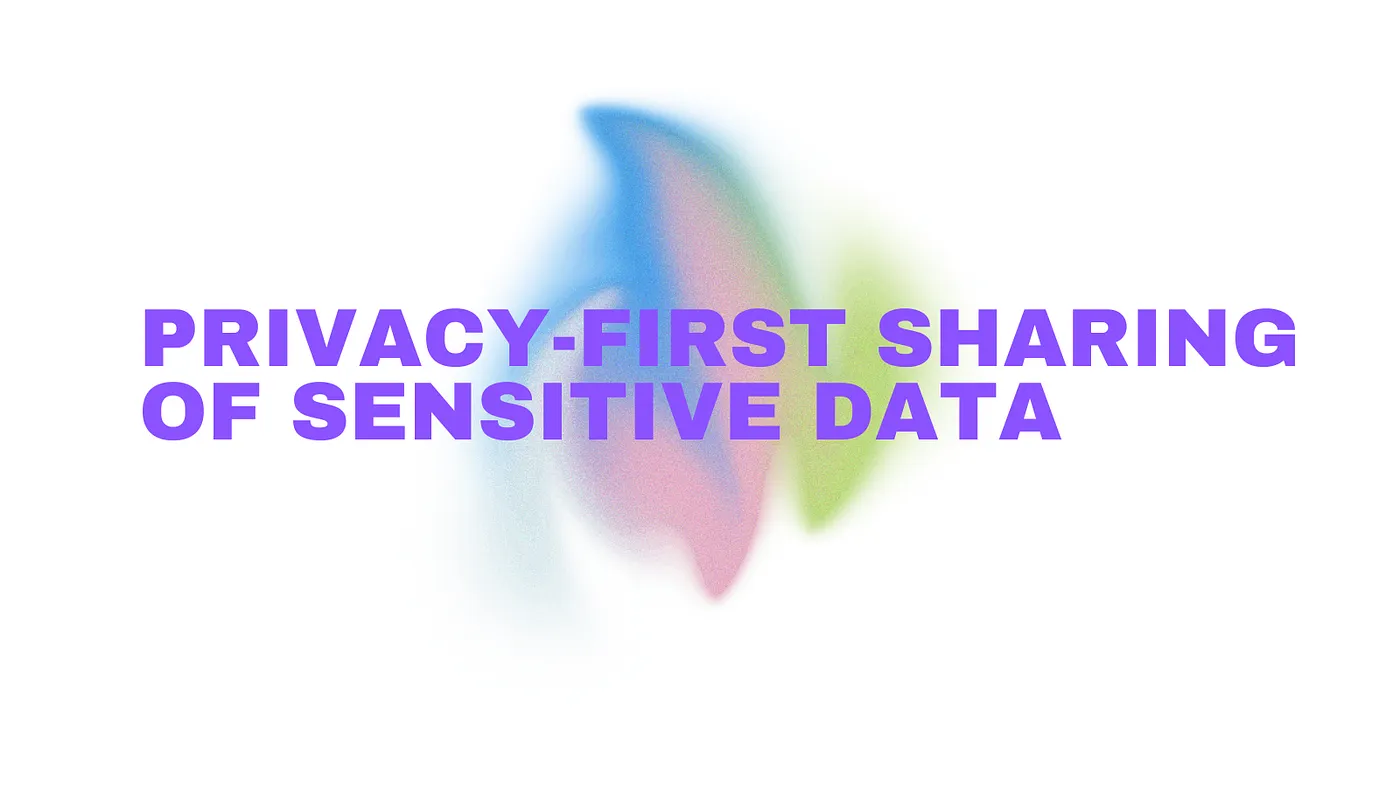
Research in fields like healthcare, genomics, and social science
involves highly sensitive data, and protecting privacy is incredibly
important, but traditional systems depend on manual compliance and
inconsistent policies.
Sharing data requires extensive paperwork and personal trust, with
even small mistakes putting participants at risk. This means that
progress depends on finding ways to share insights, all while meeting
privacy requirements.
dScience provides fine grained, programmable privacy controls, giving
researchers direct control over their data, with access permissions
set in code and updated as needed, collaborators approved for specific
analyses, time frames, or usage conditions, and requests and access
events recorded for audit and compliance. This means that sensitive
data can stay protected as collaboration grows, letting research move
forward without delays or added risk.
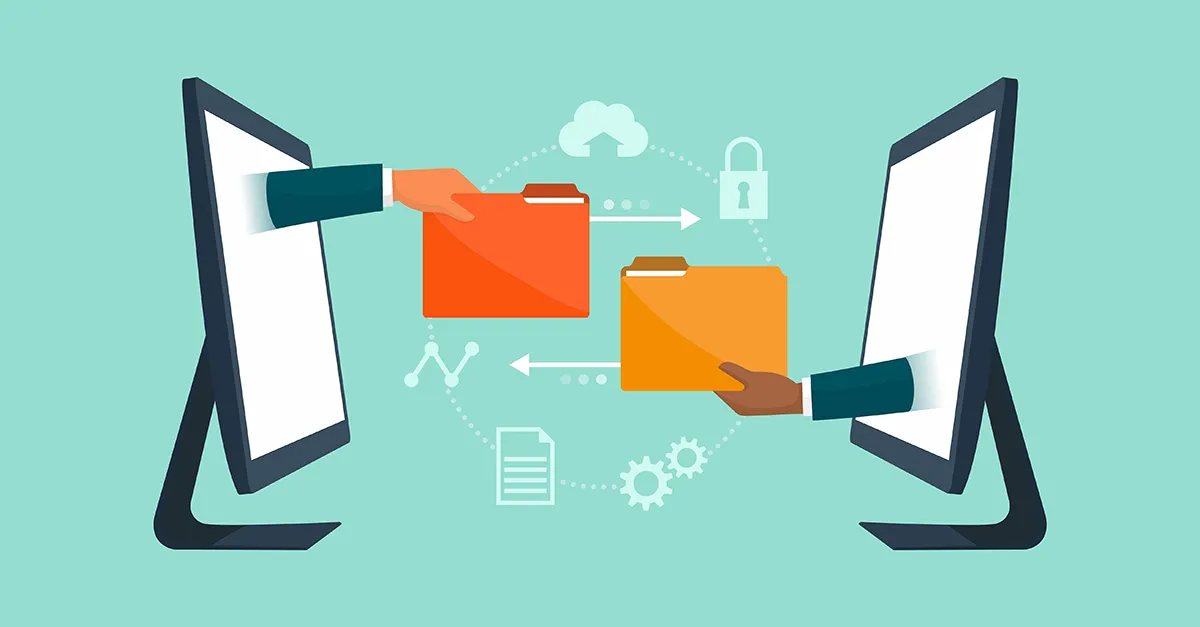
Uptick is designed to support this with NFTs that reference encrypted
data and carry access policies enforced by smart contracts. Datasets
can remain off-chain in decentralized storage, such as IPFS or
institutional repositories, with authorized access managed through
cryptographic keys and decentralized identities.
On-chain records log permissions and access, and Uptick’s
Decentralized Data Service (UDS) offers privacy controls and
cross-chain indexing. Applications can show permission overviews and
usage history. However, once data is decrypted, policy and agreements
still matter alongside technical safeguards, so audits and compliance
processes are still important.
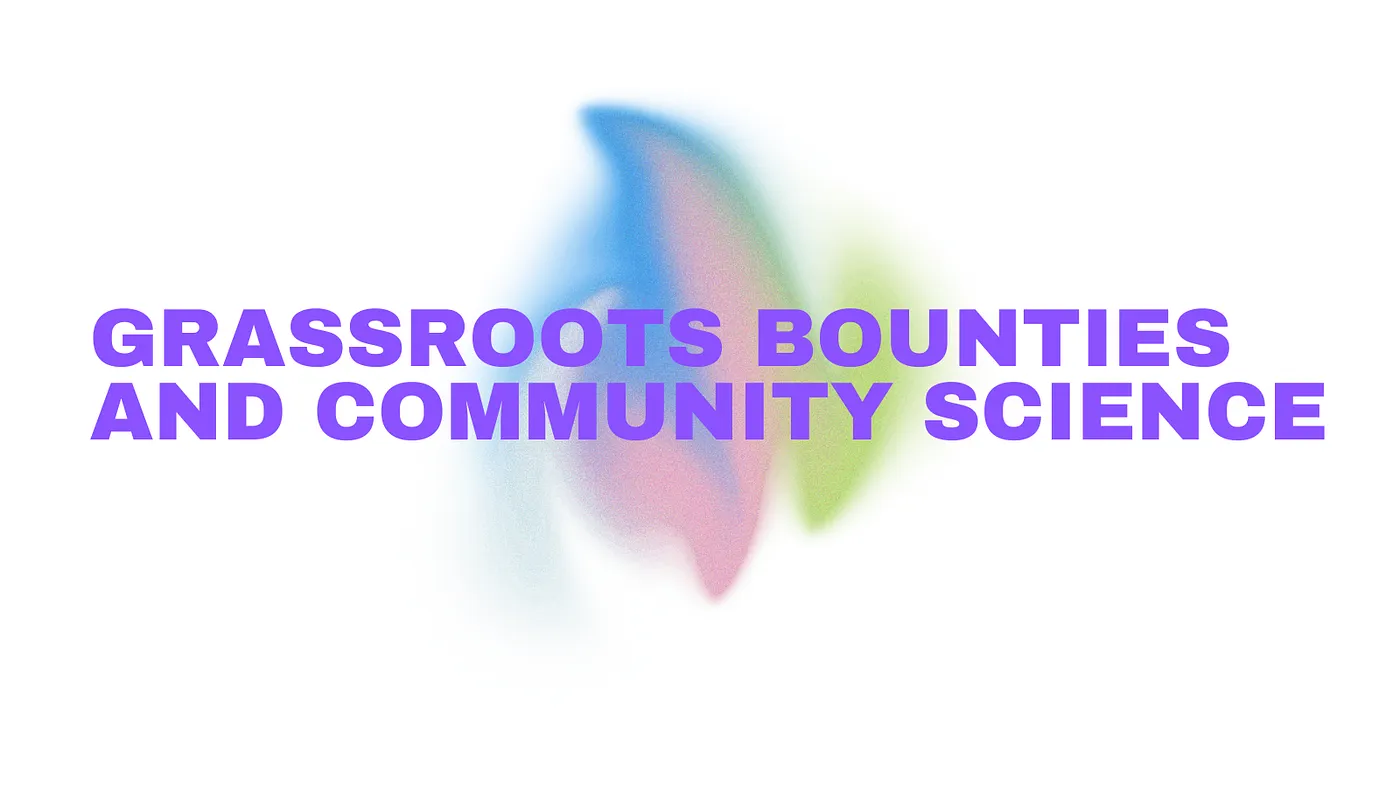
Scientific progress is no longer limited to formal institutions or
elite research groups, because communities, citizen scientists, and
independent analysts now drive new projects, collect unique datasets,
and challenge established thinking.
However, much grassroots work stays unrecognized and unsupported, as
dependable systems for coordination, tracking, and rewarding
participation are still lacking, and without these tools, many
promising projects lose momentum or stay disconnected.
dScience makes community-driven research open, accountable, and
rewarding, and organizers can set clear goals, invite anyone to
contribute, and offer transparent incentives such as recognition,
tokens, or both, with basic criteria for quality and participation.
Contributors track their involvement, build visible portfolios, and
unlock new opportunities, which creates an ecosystem where anyone can
participate, regardless of background or location, and genuine
progress emerges from collective effort rather than traditional
hierarchies.
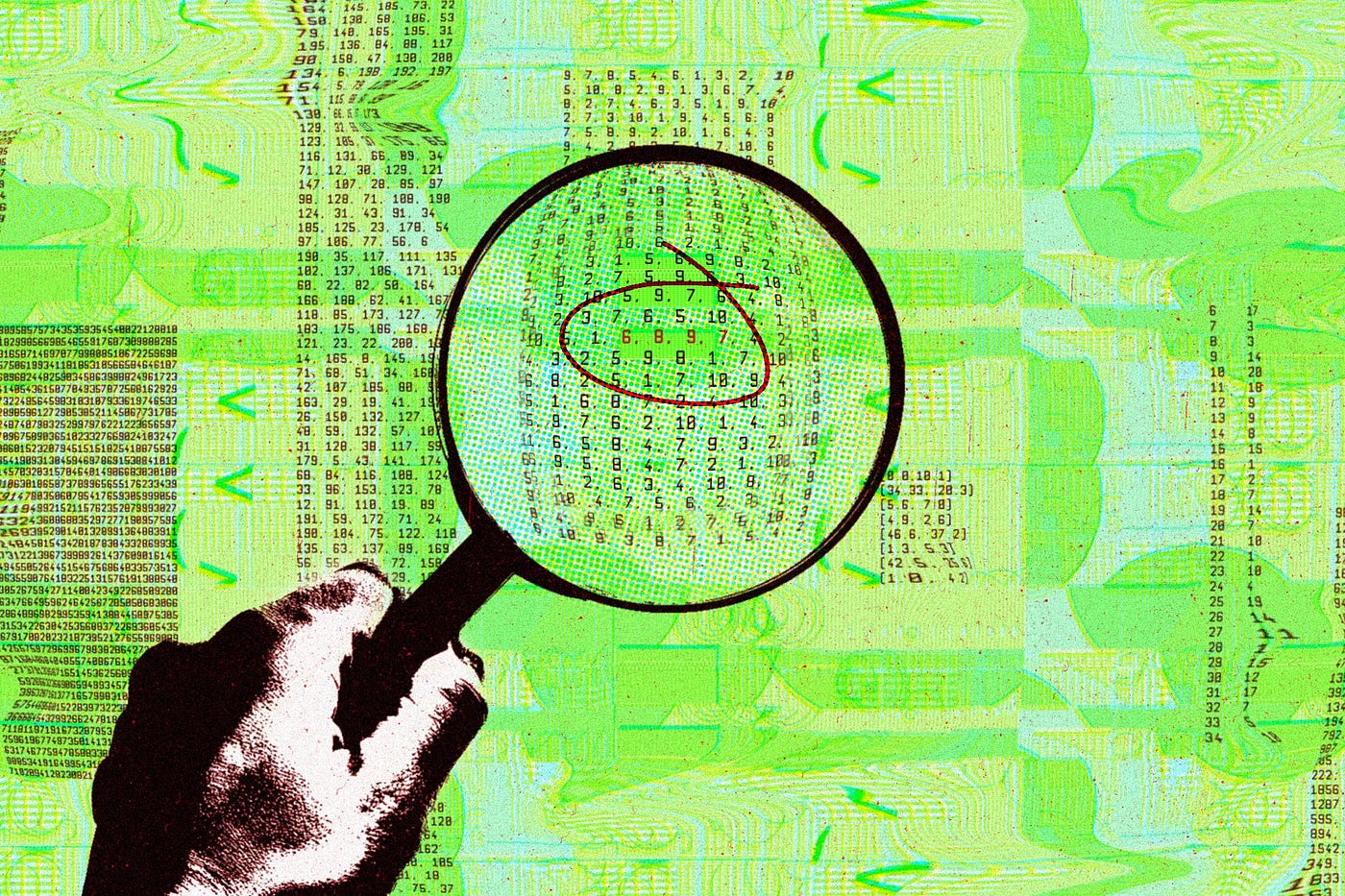
Uptick provides DAO tooling and programmable NFTs so organizers can
define tasks, call for participation, and set up transparent reward
logic. Each contribution, whether data, analysis, or a bug fix, could
be validated and logged on-chain, with NFT badges and token rewards
distributed by smart contract.
DAOs manage bounties, proposals, and submissions openly, and NFT
records help recognize each contributor, with bounty terms,
eligibility, and payout rules embedded in contracts, reducing disputes
and uncertainty. Applications can then display participant activity
and project progress using on-chain and UDS data, giving grassroots
science real structure and visibility.
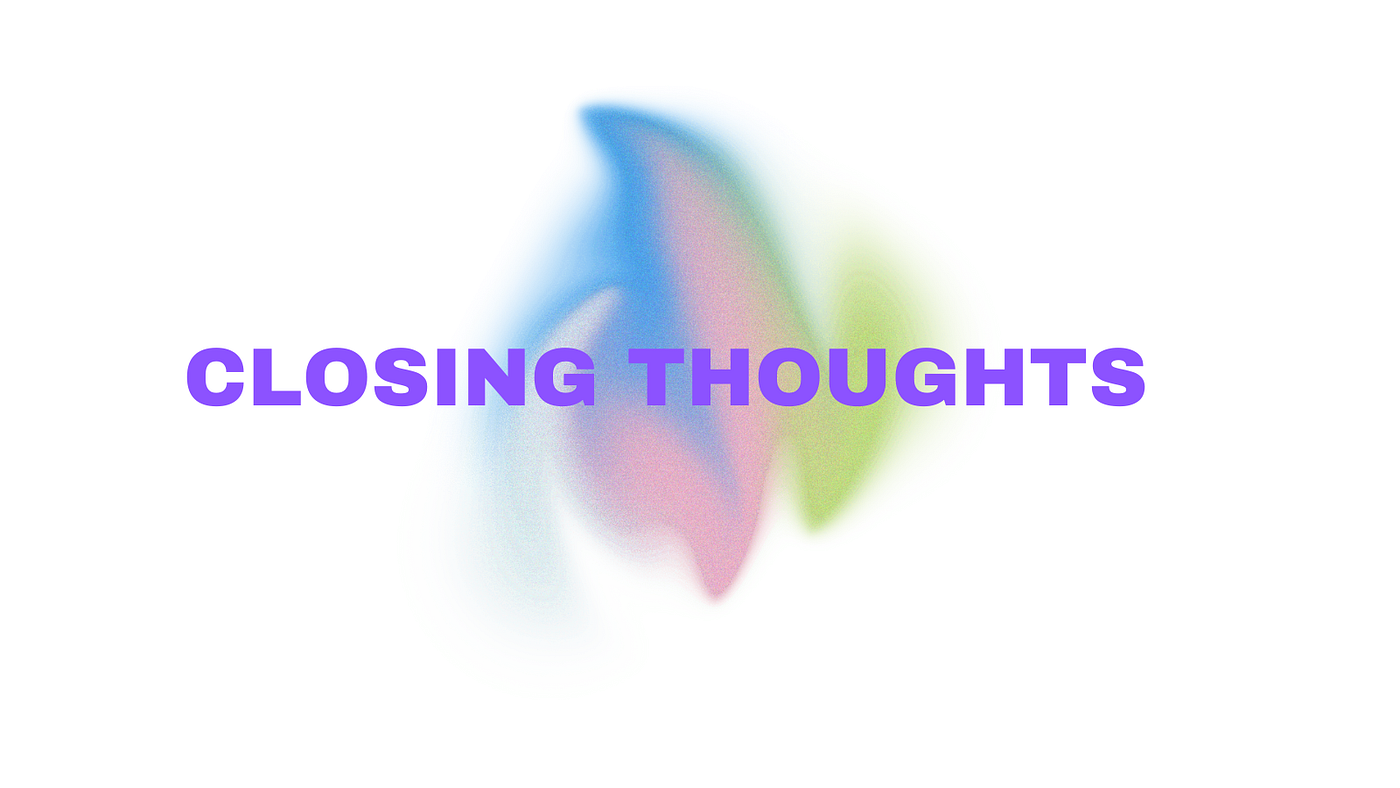
Science works best when research is open and accessible, rather than
kept behind closed doors, and dScience is now starting to make that
shift possible, moving beyond old bottlenecks and slow-moving systems
that keep new ideas out of reach. Uptick is building tools like NFTs
for data and publishing, DIDs for identity, DAOs for funding,
composable data layers for collaboration, and programmable access
controls for privacy, enabling researchers and communities to be in a
position to leave legacy habits behind and take part in a much more
open, accountable way of working.
The gap between closed research and open science will keep shrinking
as platforms like Uptick roll out new tools and turn collaboration
into the standard, and the next wave of science will be shaped by
shared effort and transparency, as opposed to hidden processes or
paywalls.
As these systems are built out, anyone can get involved, and progress
becomes something everyone can see, use, and build on.























